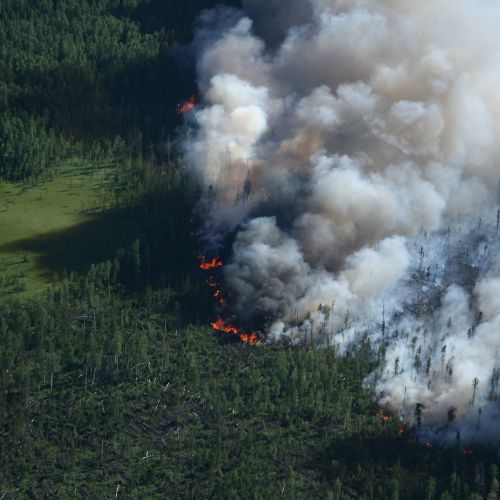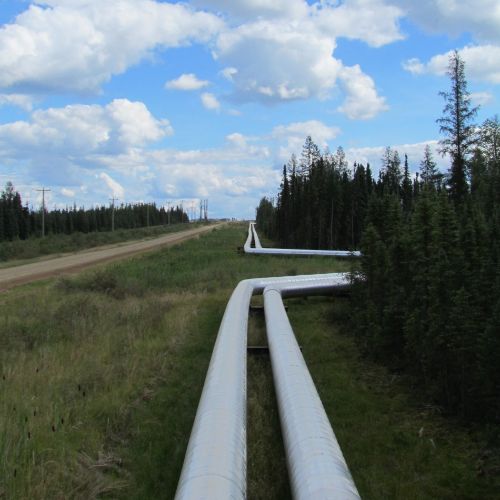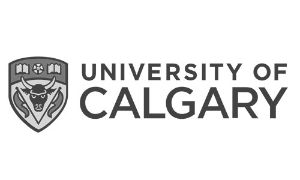Detailed Land Base Change from 2010 to 2021
Summary of the effects of land base change, including fire, human footprint, and forest aging, on vegetation types in Tolko's Northern Operating Area.
Per cent of native vegetation disturbed
- The vegetation types most affected by the combined impacts of fire and human activity were White Spruce (29%) and mixedwood (23%).
- Fire on its own contributed 8–11% of the disturbance in upland forests.
- The reduction of old forest due to forestry and fire varied, with 15% of old deciduous forest disturbed, compared to 38% in White Spruce and 40% in mixedwood.
- Large areas of deciduous stands aged beyond 120 years, with smaller areas reaching that age in White Spruce and mixedwood.
Introduction
Land base attribution uses the ABMI’s wall-to-wall vegetation and human footprint mapping for 2010 and 2021 to summarize changes in native vegetation.
This analysis adds to the preceding summaries of native vegetation trend (Section 2.2) in three ways:
- Along with human footprint, this analysis also shows the changes in native vegetation due to fire, the dominant natural disturbance in both boreal and foothill ecosystems. In these forests, fires—along with other natural disturbances like insect outbreaks and disease—create a mosaic of stands of different ages from young forests to forests more than 150 years old. This mosaic of ages helps maintain biodiversity across northwestern Alberta.
- Land base attribution analyzes changes in each native vegetation type and assigns them to specific types of human footprint, summarized here as forestry versus non-forestry footprints.
- Land base attribution includes the effects of aging in undisturbed native stands or forestry areas. For vegetation types with an age criterion, like old stands, this allows for the tracking of both recruitment and losses from fire and human footprint. This provides a clearer understanding of why old forests are changing and whether these changes will continue.
In this section, we summarize how vegetation types in Tolko’s Northern Operating Area are affected by fire, along with forestry footprint and other human footprint, from 2010 to 2021.

Wildfire is the dominant type of natural disturbance impacting native vegetation in northwestern Alberta.

Land uses affect native habitats in different ways. Some cause temporary changes that allow for regrowth (e.g., forest harvesting), while others (e.g., roads, industrial sites) lead to permanent habitat loss.
Aging forest stands, whether from fire or forest harvesting, can lead to an increase in old forest area.
Results
Land Base Changes in Vegetation Types
The per cent area of native vegetation disturbed by human footprint and fire between 2010 and 2021 in the Northern Operating Area was:
Detailed Change in All Native Vegetation: 2010 to 2021
- As shown in Sections 2.1 and 2.2, the highest annual percentage of area disturbed by human footprint occurred in White Spruce and mixedwood stands in the Northern Operating Area, and more moderate rates occurred in pine stands.
- Fire added 8–11% of disturbance in upland stands over the same 11-year time span, including: White Spruce (11.0%), mixedwood (10.5%), pine (9.0%), and deciduous (8.1%).
- When considering the combined disturbed area of both human footprint and wildfire, area impacted ranged from 11% to 29%, with the most disturbed vegetation types being White Spruce (29%) and Mixedwood (23%). For White Spruce stands, the 29% disturbance rate over 11 years represents a 39-year return interval.
- Stands disturbed by fire and forestry provide early seral habitat valued by some species, and those stands will recover towards older-forest conditions over time (results shown in Section 3.3). However, the high disturbance rates when fire is added to forestry will generate a truncated age distribution, making it hard to maintain old forest in the long term.
Detailed Land Base Change
Detailed Land Base Change. For the Northern Operating Area, the top figure shows the total area (km2) of each vegetation type disturbed by fire, non-forestry human footprint (Other Footprint, New), and forestry footprint between 2010 and 2021, as well as the undisturbed area as of 2021. The bottom figure shows the per cent (%) area disturbed by fire, non-forestry human footprint, and forestry human footprint in each vegetation type between 2010 and 2021.
Detailed Change in Old Forest: 2010 to 2021
- A benefit of the land base attribution summaries is that they partition out what is causing changes in old forest. This includes losses from forestry, other human footprint, and fires, along with recruitment as undisturbed stands age across the 120-year cutoff.
- Reduction of old forest from forestry and fire was more variable across stand types compared to the effects on all forest ages combined. 15% of old deciduous forest was disturbed over those 11 years compared to 38% in White Spruce, and 40% in mixedwood. 61% of old pine was disturbed, but there is only a tiny area of pine >120 years in the Northern Operating Area.
- In terms of forest aging, large areas became >120 years old in deciduous stands, and smaller areas in White Spruce and mixedwood.
- The net result of land base change was a large increase in area of old deciduous forest in the region over the 11 years, some reduction of old mixedwood, and a substantial reduction of old White Spruce. The very rare old pine type also showed a large percentage reduction in area.
Detailed Land Base Change—Old (>120 years) Forest
Detailed Land Base Change—Old (>120 years) Forest. For the Northern Operating Area, the top figure shows the total area (km2) of old forest by type in 2010 broken into undisturbed area as of 2021, area disturbed by fire, non-forestry human footprint (Other Footprint, New), and forestry footprint between 2010 and 2021, and area recruited into the >120-year-old forest age class between 2010 and 2021. The bottom figure shows the per cent (%) area disturbed by fire, non-forestry footprint, and forestry footprint, and area recruited into the >120-year-old forest age class between 2010 and 2021 in each forest type.



